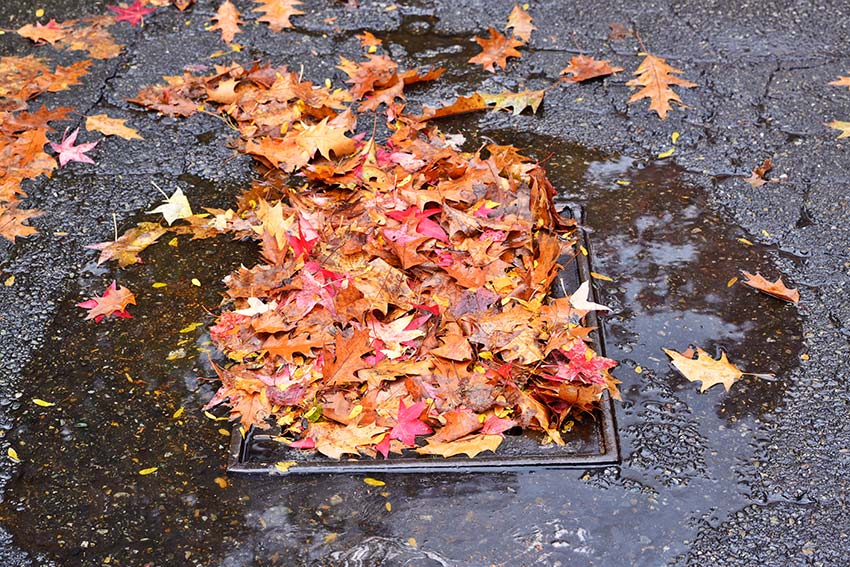What Contributes to Coastal Flooding?
Total water levels that generate flooding in a coastal community are not limited to the coastal events described in the next section. Precipitation events that trigger flooding in rivers and streams across a watershed or that cause localized, urban flooding can combine with coastal events. The resulting total water levels often translate into more widespread or prolonged flooding than the community would have experienced from each flooding source alone.
Coastal total water levels at an ocean or large lake shoreline can be defined as the combination of tidal variation, regional oceanographic effects (such as the El Niño-Southern Oscillation), storm surge (including wave setup), local wave action, and long-term sea level rise or lake level change. Water levels related to seiches or tsunamis could be included with these elements where they are key contributors to coastal flooding, but these sources are not evaluated as a part of this website.
Regional Oceanographic
×Highest Tide / King Tide
×King Tide with Rainfall
×Wind Waves
×Storm Surge
Sea Level Rise
Add Sea Level Rise to view impacts.
Location plays a large role in the proportional influence of each coastal element, especially during extreme water level events. Variations in astronomical tides can be a principal factor in Alaska, whereas in other places storm surge (Galveston, Texas) and wave runup (San Francisco, California) primarily drive high water levels.
Expected future conditions will play a significant role in coastal flooding. Long-term water level changes from sea level rise will affect the extent, frequency, and duration of coastal flooding events. High-tide flooding events that occur only a few times a year now may occur once a month, or once a week. These same water level changes may also increase groundwater levels, which could impact the ability to naturally capture and store rainfall runoff. Changing precipitation regimes in many coastal areas are expected to result in more intense rainfall rates during storms, which may increase the frequency of both rainfall runoff and river flooding. Increased frequencies of these types of flooding events occurring independently increases the chances of these events occurring at the same time.


